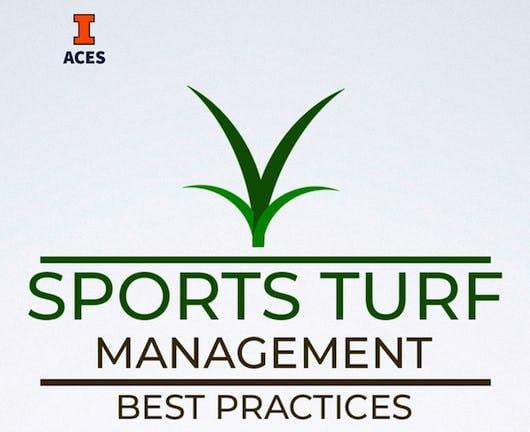MOOC List is learner-supported. When you buy through links on our site, we may earn an affiliate commission.

MOOC List is learner-supported. When you buy through links on our site, we may earn an affiliate commission.
Syllabus
MODULE 1 | Principles of Athletic Field Construction
Module 1
Module one will examine the principles of athletic field construction. Explore site analysis factors such as drainage and soil condition. Overall, the principles of athletic field construction require careful planning, attention to detail, and expertise to ensure a safe and functional playing surface.
MODULE 2 | Athletic Field Maintenance
Module 2
The right tools and techniques are essential for effective athletic field maintenance. Regular maintenance is vital for the safety and longevity of the field and for the enjoyment of the players who use it. This module will discuss critical aspects of athletic field maintenance, including mowing, fertilizing, aerating, and irrigating. An athletic field can provide a safe and enjoyable playing surface for years with proper care.
MODULE 3 | Traffic and Compaction on Athletic Fields
Maintaining athletic fields can be a challenge, especially when it comes to traffic and compaction. Traffic refers to the movement of people and equipment over the field, while compaction refers to the compression of soil caused by this traffic. Both can harm the health and longevity of the field, leading to reduced playability and increased risk of injury. In this module, we will explore the causes and effects of traffic and compaction on athletic fields and strategies for preventing and mitigating these issues. Whether you are a coach, groundskeeper, or concerned community member, this module will provide valuable insights into how to keep your athletic fields in top condition for years to come.
MODULE 4 | Artificial Turf Fields
Artificial turf fields have become increasingly popular due to their durability and low maintenance requirements. Constructed of synthetic fibers that mimic the look and feel of natural grass, these fields make an attractive option for sports teams and recreational facilities. In addition to being more resistant to wear and tear than natural grass, artificial turf can be used regardless of weather conditions. However, some concerns about these fields' safety and environmental impact exist.
Additional Resources & Final Assessment
Module 5
Explore additional resources, use the information you learned throughout the course to analyze a case study, and complete the final assessment.
MOOC List is learner-supported. When you buy through links on our site, we may earn an affiliate commission.
MOOC List is learner-supported. When you buy through links on our site, we may earn an affiliate commission.
